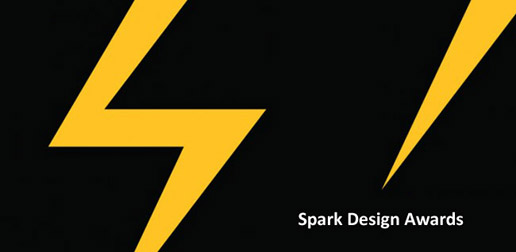January 18, 2020
Robot Etiquette
Read Greg’s article on Medium.com where he breaks down his ideas behind designing autonomous machines for pedestrian spaces.
https://medium.com/@formgreglynn/robot-etiquette-6509abc92e32
WHY MOVE NOW?
After two decades exploring the potential of digital technology and computer numerically controlled machines, or robots, for fabrication and construction, I am becoming weary of the topic and curious about other applications of movement to buildings. In general cultural terms, it can be observed that people expect more and more from their physical environment because of their experiences with advances in entertainment and media. The pressure for new types of physical experience has pulled innovation in architecture in the direction of spectacles of motion. So it is possible now, in a way it never was before, to integrate robotic movement and motion control into buildings. Recent advances in automation linked with sensing technology gives people the ability to safely occupy intelligent robotic environments. Motion is currently being integrated into buildings at an unprecedented scale and scope. For the most part building scale motion has been utilized for entertainment purposes in theme parks and Las Vegas shows. Twenty-five years ago I decided to focus on the phenomenal motion of the digital design medium while dismissing literal motion. Today, literal motion and its phenomenal partner seem worth returning to.
As I wrote in Animate FORM a decade-and-a-half ago:
“Traditionally, in architecture, the abstract space of design is conceived as an ideal neutral space of Cartesian coordinates. In other design fields, however, design space is conceived as an environment of force and motion rather than as a neutral vacuum. In naval design, for example, the abstract space of design is imbued with the properties of flow, turbulence, viscosity, and drag so that the form of a hull can be conceived in motion through water. Although the form of a boat hull is designed to anticipate motion, there is no expectation that its shape will change. An ethics of motion neither implies nor precludes literal motion. Form can be shaped by the collaboration between an envelope and the active context in which it is situated. While physical form can be defined in terms of static coordinates, the virtual force of the environment in which it is designed contributes to its shape. The particular form of a hull stores multiple vectors of motion and flow from the space in which it was designed. A sailboat hull, for example, is designed to perform under multiple points of sail. For sailing downwind, the hull is designed as a planing surface. For sailing into the wind, the hull is designed to heal, presenting a greater surface area to the water. A boat hull does not change its shape when it changes its direction, obviously, but variable points of sail are incorporated into its surface. In this way, topology allows for not just the incorporation of a single moment but rather a multiplicity of vectors, and therefore, a multiplicity of times, in a single continuous surface. Likewise, the forms of a dynamically conceived architecture may be shaped in association with virtual motion and force, but again, this does not mandate that the architecture change its shape.”
Greg Lynn. Animate FORM (New York: Princeton Architectural Press, 1999) p.10.
Read Greg’s article on Medium.com where he breaks down his ideas behind designing autonomous machines for pedestrian spaces.
https://medium.com/@formgreglynn/robot-etiquette-6509abc92e32

Gita was named a 2017 Spark Silver Award Winner in the Transport Category.
http://www.sparkawards.com/galleries/index.cfm?entry=754B08CB-8636-4249-A260119FECDC0842

Designboom voted Gita one of the top ten robots of 2017.
https://www.designboom.com/technology/top-10-robots-artificial-intelligence-12-14-2017
![]()
Greg will be speaking about architecture, robotics and Gita this Saturday, April 22 at the Silicon Valley Comic Con. Other speakers include Buzz Aldrin, William Shatner, Pam Grier, and Adam West.
Greg will be in Paris on March 15 speaking with composer Olga Neuwirth at the Pompidou Center as part of the Vertigo: Architecture and 3D Conception event.
http://vertigo.ircam.fr/agenda/architecture-et-conception-3d/detail/
Piaggio Fast Forward launched its first two products yesterday. Gita and Kilo are light vehicles designed to follow a user, move autonomously, or travel in a convoy while carrying 4o lbs. (Gita) and 200 lbs. (Kilo). Greg explains above, or take a look at the website here:
Meet Gita in today’s Techcrunch post:
Come see what Greg has been working on at Piaggio Fast Forward in the Wall Street Journal Magazine (paywall):
https://www.wsj.com/articles/the-creators-of-the-vespa-are-launching-a-new-product-1485796432